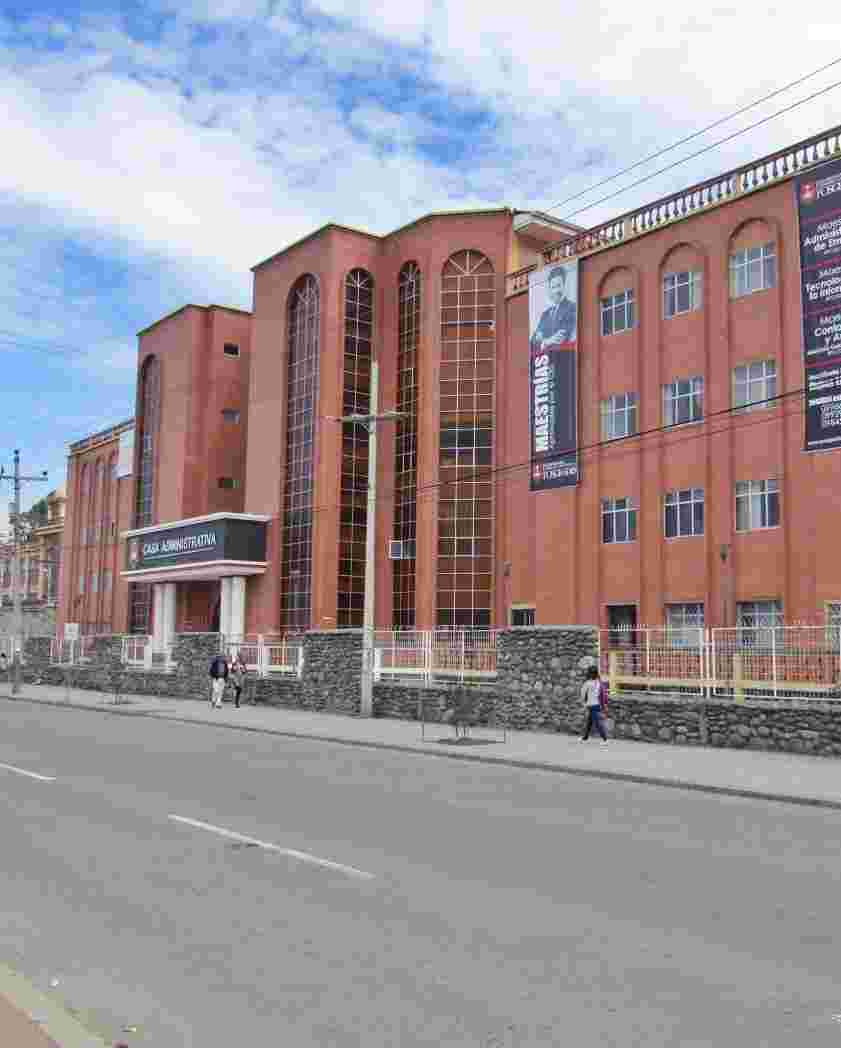Campus Cañar
URI permanente para esta comunidadhttps://dspace.ucacue.edu.ec/handle/ucacue/56
Examinar
Examinando Campus Cañar por Asesores "Pinos Castillo, Luis Fernando"
Mostrando 1 - 3 de 3
- Resultados por página
- Opciones de ordenación
Ítem Acceso Abierto Desarrollo de un sistema de información para la gestión inmobiliaria de Buris y bienes raíces, basado en metodologías agiles(Universidad Católica de Cuenca campus Cañar, 2024) Guaman Duchi , Narcisa Alexandra; Pinos Castillo, Luis Fernando; 0302422894This paper presents the development of an information system designed for real estate management at the company Buris y Bienes Raíces, using agile methodologies, particularly Extreme Programming (XP). The proposed system aims to address the deficiencies in the manual management of properties, improving organization, operational efficiency, and customer satisfaction by automating critical tasks. Key features include centralized property management, advanced search functionality with filters, interactive visualization using map geolocation, and integration with social networks to share properties. The use of agile methodologies, such as XP, enables flexible development that adapts to the changing needs of the real estate market, ensuring continuous value delivery and rapid implementation. The system is expected to significantly reduce response times, improve decision-making, and optimize the experience for internal users and end customers. In addition, real-time information centralization will allow the company to manage its property inventory more efficiently and increase its competitiveness in the sector. Implementing this system also fosters collaboration among team members and enhances the digital visibility of properties. Keywords: real estate management, information system, agile methodologies, XP, geolocation.Ítem Acceso Abierto Implementación de la norma NTE INEN – ISO/IEC 40500:2012, para la accesibilidad del contenido web en la página institucional del GAD Municipal El Tambo(Universidad Católica de Cuenca campus Cañar, 2024) Mayancela Cazho, Jose Edwin; Pinos Castillo, Luis Fernando; 0301898557The main objective of this degree work was to improve the accessibility of the website of the Municipal GAD of El Tambo through the implementation of the NTE INEN-ISO/IEC 40500:2012 standard, an international standard that guarantees digital inclusion. This project emerges as a response to the need to eliminate digital barriers that limit equitable access to information and public services for people with disabilities, thus promoting equal opportunities and compliance with legal obligations. The specific objectives were to base the standard on the accessibility of web content, to diagnose the current state of accessibility of the website, and, finally, to implement said standard to optimize the user interface and the browsing experience. The methodology used was descriptive, combining quantitative and qualitative approaches. In the first phase, an initial audit was performed using tools such as Lighthouse and WAVE to identify problems on the website. Subsequently, the guidelines of the NTE INEN-ISO/IEC 40500:2012 standard were implemented, prioritizing improvements in color contrast, keyboard navigation, and the inclusion of alternative text labels. Finally, tests were conducted with users and assistive technologies to evaluate the impact of the improvements. The project concluded with the implementation of a more accessible website, which not only facilitates access to people with disabilities but also positions the Municipal GAD of El Tambo as an entity committed to social inclusion, regulatory compliance, and improving the quality of its digital services. Keywords: web accessibility, ISO/IEC 40500, digital inclusion, audit.Ítem Acceso Abierto Propuesta de aplicativo móvil para medición del consumo de agua potable, utilizando georeferenciación para EMAPAT(Universidad Católica de Cuenca campus Cañar, 2024) Garcia Castillo, Brian Sebastian; Pinos Castillo, Luis Fernando; 0302604673This project addresses developing and designing a cross-platform mobile application aimed at measuring drinking water consumption through georeferencing for EMAPAT. The Mobile-D methodology has been used due to its efficiency in the agile delivery of functional prototypes and its suitability for developing mobile applications. After an analysis of cross-platform frameworks, it is concluded that Flutter is the best option due to its high performance, ease of learning, and cross-platform compatibility. The application was developed in Dart, Flutter's programming language. This tool allows recording and georeferencing water consumption in real-time, improving accuracy and efficiency in water resource management. The application design follows UI/UX principles to ensure usability, accessibility, and intuitive interaction. In addition, the application offers functionalities such as user authentication, incident logging, real-time reporting, automatic alerts, and data visualization on interactive maps, enabling integrated, sustainable, and efficient management. Keywords: mobile application, Flutter, Dart, Firebase, water consumption




